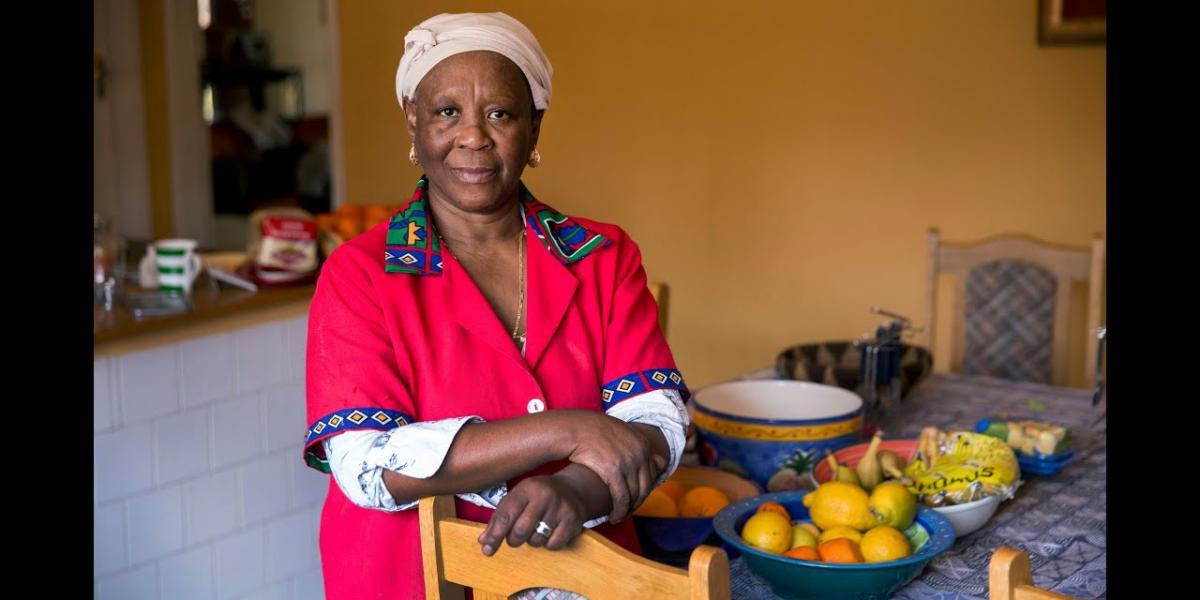SOUTH AFRICA:How medical aid prices are shifting in South Africa
- 14 March 2022 / News / 442 / Fares RAHAHLIA

Traditionally, medical aid schemes implement fee increases from 1 January every year. However, the last two years have seen new trends emerge because of the Covid-19 pandemic, says Lee Callakoppen, principal officer of Bonitas Medical Fund.
These include deferral of increases, dipping into reserves to reduce increases, and announcing delayed increases above CPI, he said.
“Globally people are feeling the financial pinch and South Africa is no different. High inflation has increased the cost of food, fuel and utilities.
“Salary increases if any, are below CPI and many South Africans have lost their jobs. More so than ever, everyone is looking for value for money and better benefits, especially when it comes to healthcare.”
Callakoppen said that Bonitas opted to utilise around 3.2% – or R600 million – of the scheme’s reserves to help limit contribution increases to below CPI for around 82% of its members for 2022.
Contribution increases would have been closer to pre-pandemic levels of CPI + 4% if we had opted not to use some of its reserves, he said.
However, he said that other schemes are looking to deferred payments or simply passing on the costs – leading to a change in how medical aids are traditionally priced in South Africa.
A shift
Callakoppen said Bonitas’ decision to dip into its reserves in line with a 2021 Council of Medical Schemes (CMS) circular, which suggested medical aids utilise reserves to cushion members against increasing costs.
However, despite the guidelines, several schemes opted to defer increases from January to later in the year. These deferred increases range from 5.5 to 7.9%, said Callakoppen.
“In general, medical schemes need to keep their contribution increases as close to the rate at which the cost of providing healthcare escalates.
“The challenge is that most healthcare costs in South Africa are not regulated, which means providers are free to charge as they see fit. And the consumer bears the brunt. An example is the cost of Covid-19 PCR tests, which was finally standardised earlier this year.”
Callakoppen said that the deferment of increases creates an anomaly for companies, medical scheme members and consumers.
“Traditionally, members are free to change their options once a year during an open period. However, when a deferred increase arises, this open period does not always come with it.
“This complicates matters for companies which allow their staff to choose between various medical schemes. If an employee chooses to stay with a scheme offering a deferred increase, it is difficult and sometimes impossible, to switch to another plan.
“This is compounded by the fact that when these deferred increases take place – they are often above CPI and do not always include an increase in benefits – so members effectively pay more for less.”
The downside of deferred increases
The past year has shown that the actual contribution increases experienced by members, after the deferment period, is typically higher than the industry average, said Callakoppen.
“An example is a scheme that offered a contribution deferment for the first six months of 2021 but then applied a 5.9% contribution increase, when the industry average was 4.6%. Contribution increase percentages cannot be looked at in isolation without looking at the rand value of the contribution.”
“Based on our analysis, we feel that a deferment strategy is not ideal. It merely utilises scheme reserves to provide a short-term contribution relief to members who subsequently experience an above market-related contribution increase.”
This results in members being worse off compared to the scheme that applied a lower, market-related contribution increase from the beginning of the year, he said.
“Schemes implementing a contribution deferment are already applying above market average contribution increases.
source: businesstech
 English
English
 français
français
 العربية
العربية







